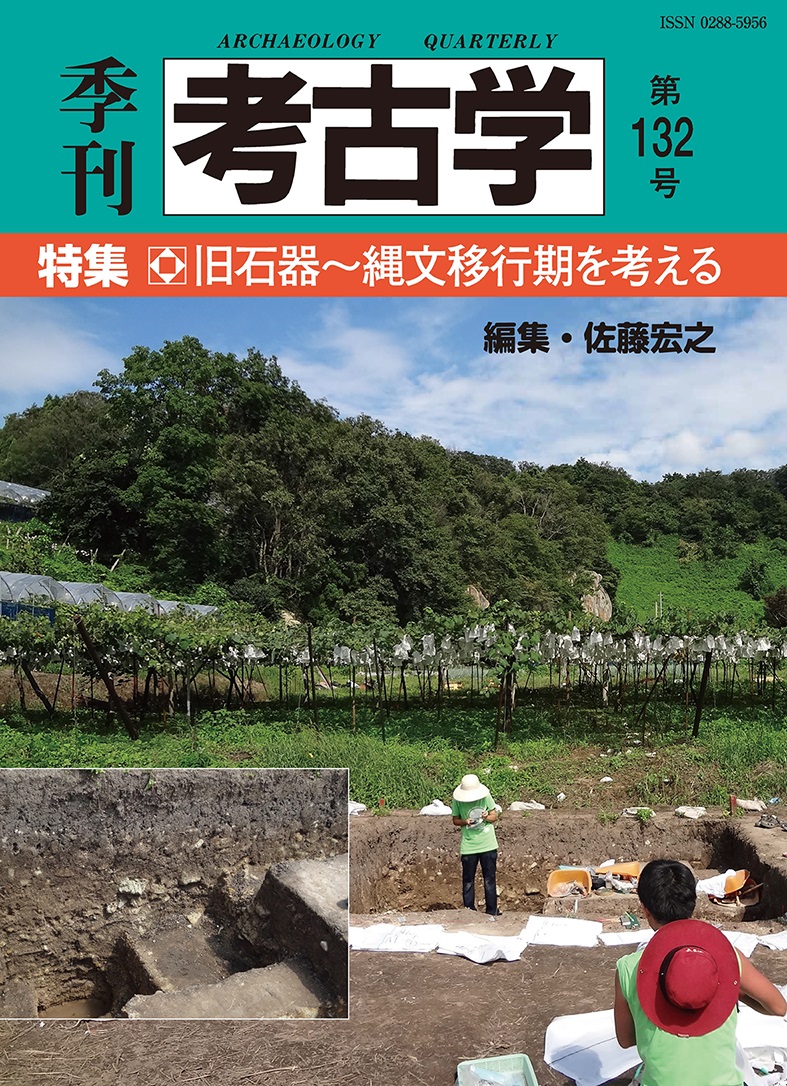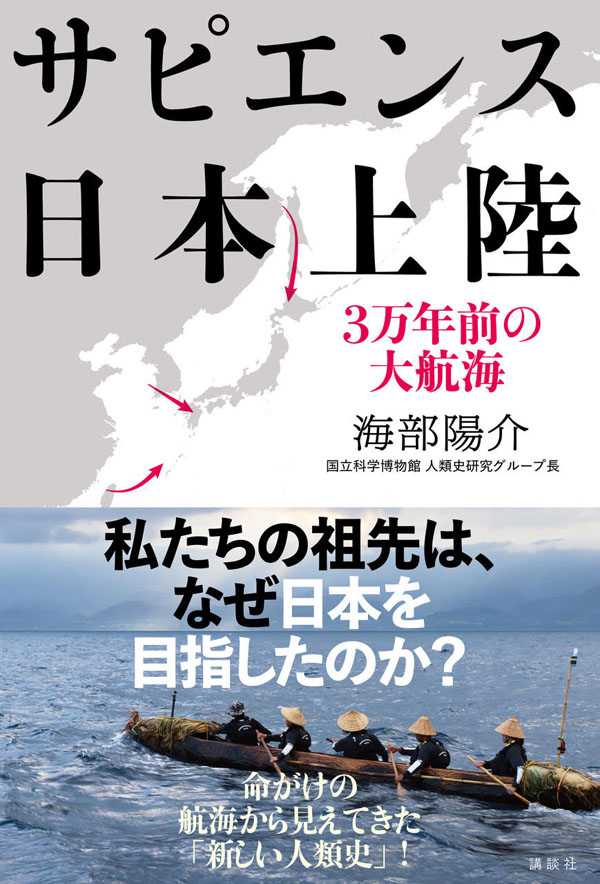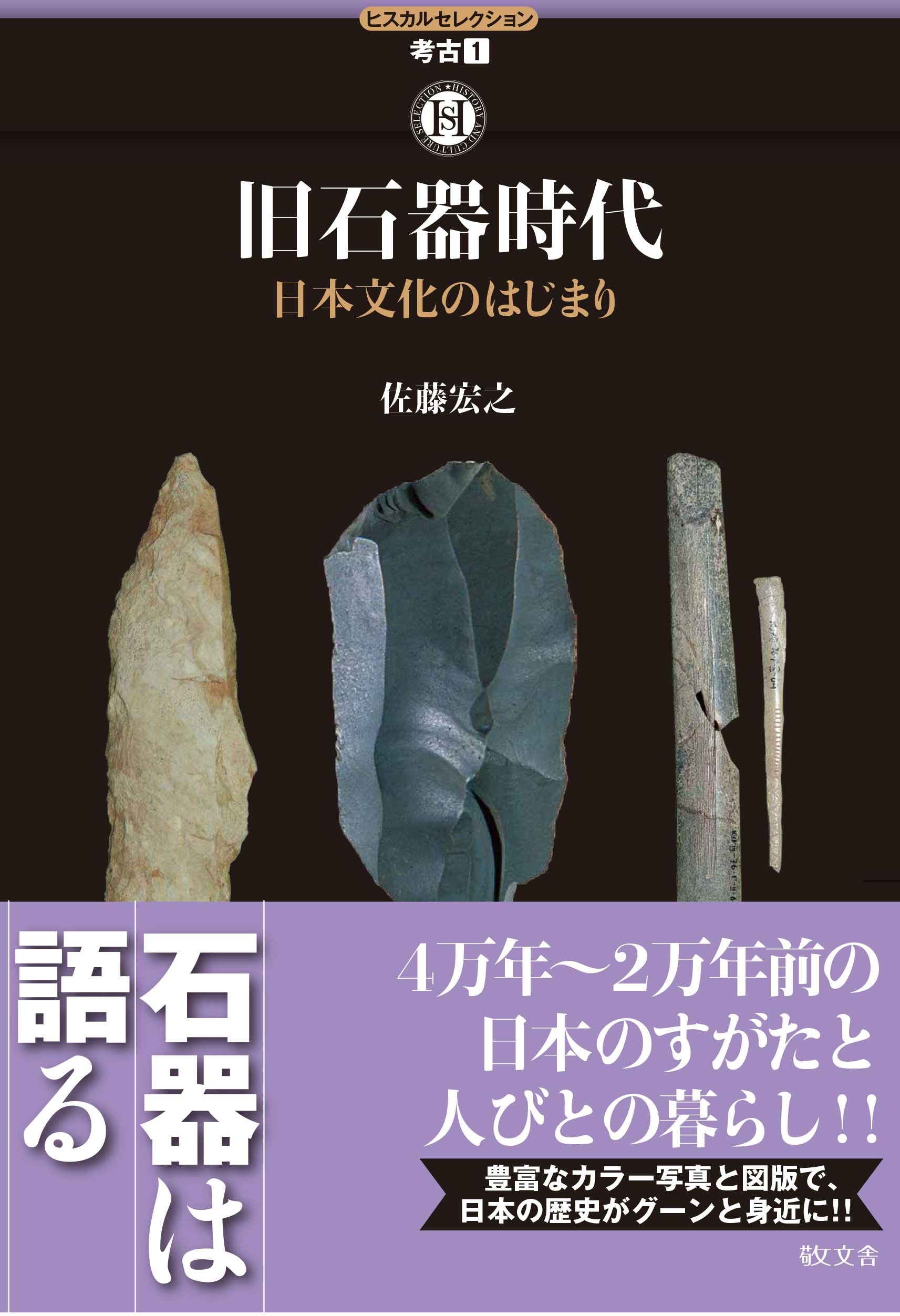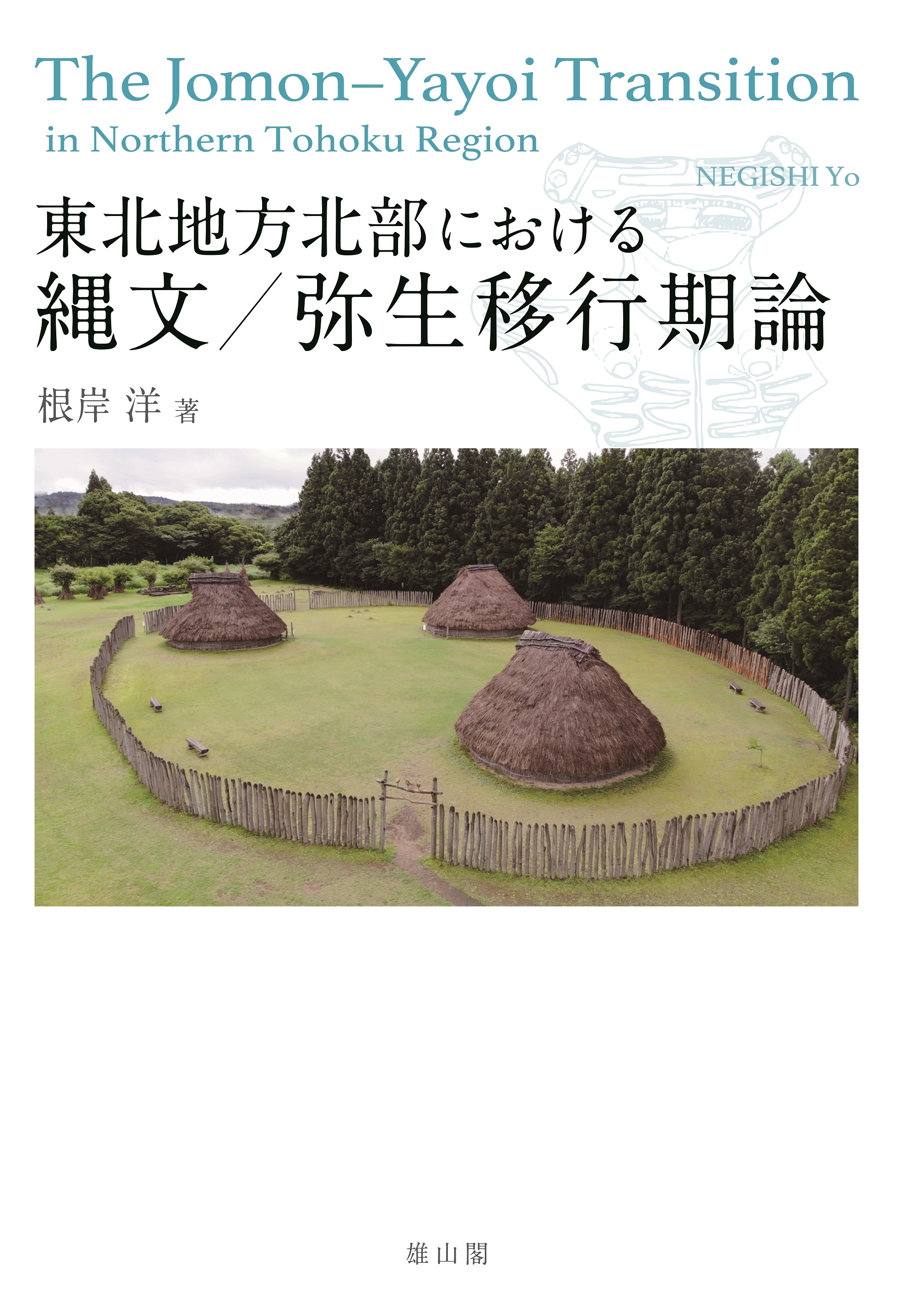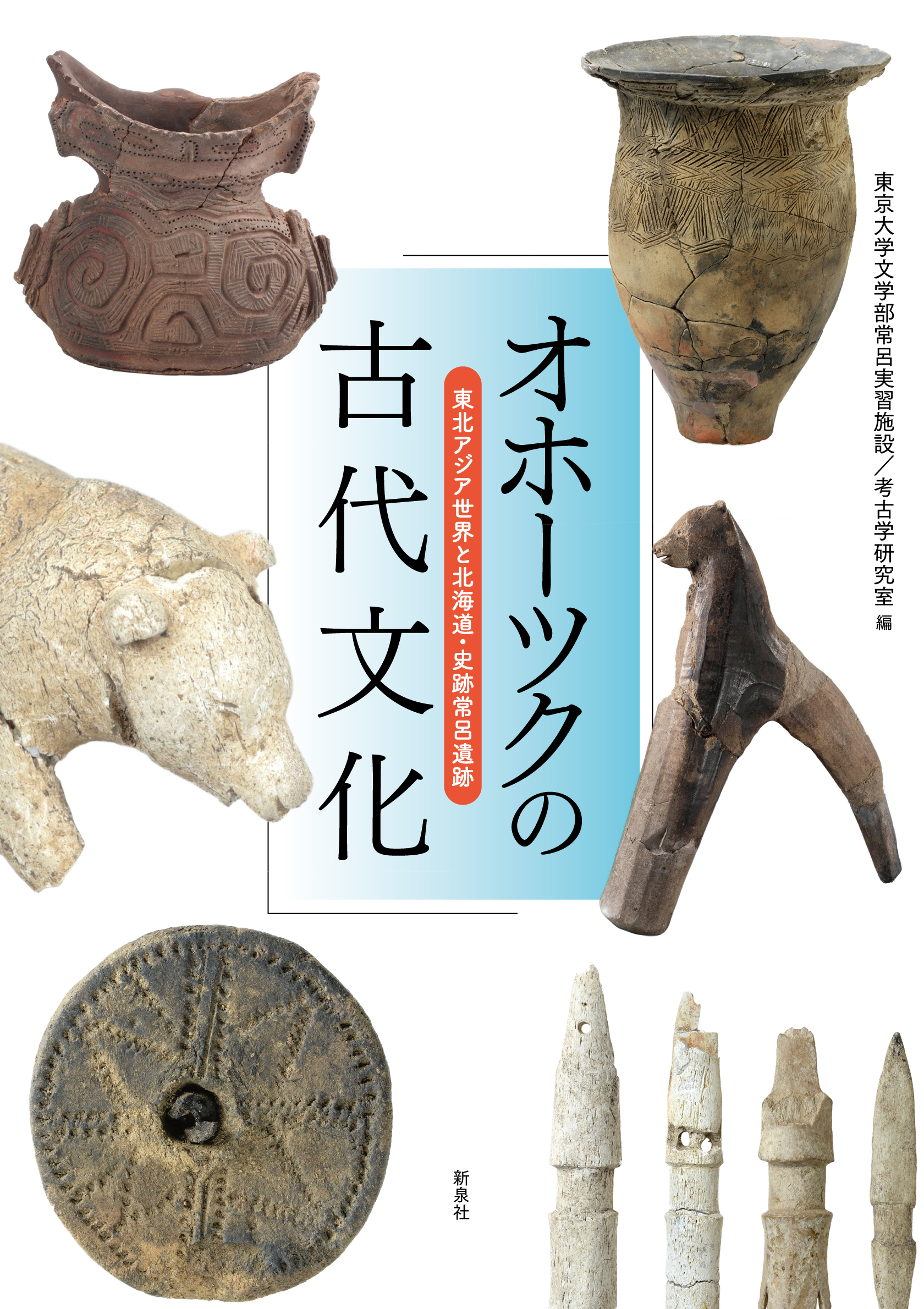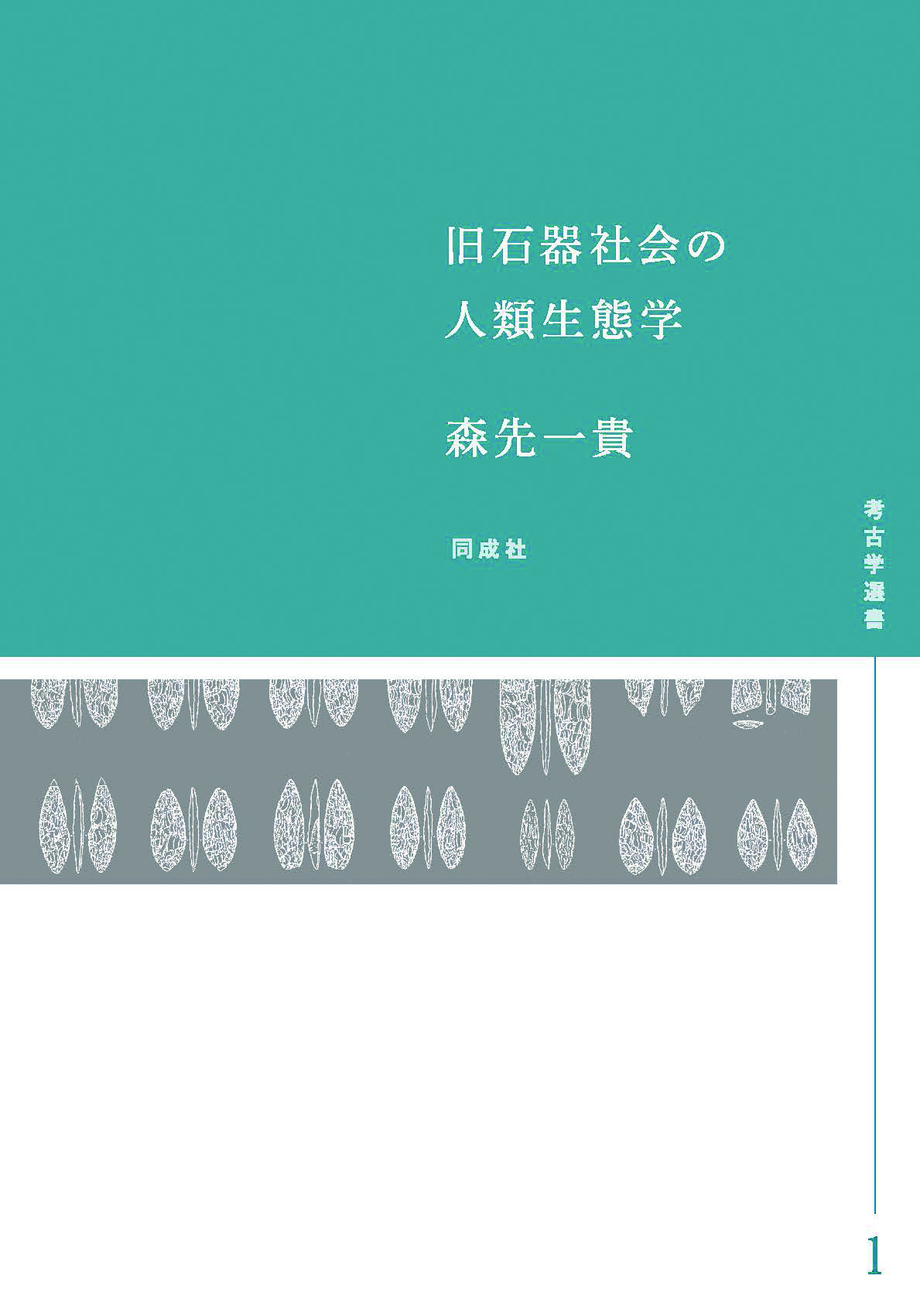
Title
Kyusekki Shakai no Jinrui Seitaigaku (The Human Ecology of Paleolithic Society)
Size
298 pages, A5 format
Language
Japanese
Released
May 31, 2022
ISBN
9784886218858
Published by
Dousei-sha
Book Info
See Book Availability at Library
Japanese Page
At the end of the Pleistocene epoch, modern humans (Homo sapiens) spread to all five continents excluding the Antarctic. Our understanding of this dispersion process has progressed substantially in recent years, thanks to advances in archaeological, anthropological, and genetic research that has elucidated not only the complex reality of its timing and routes but, also, why only modern humans were able to adapt to the diverse environments on Earth. It was through this process that our ancestors eventually arrived in the Japanese archipelago located off the eastern shore of continental Asia. The first era of modern humans in the Japanese archipelago is known as the Upper Paleolithic period (39,000 to 16,000 BP). While human activity in the archipelago prior to this period, including whether humans were even present, is being debated, the number of artifacts clearly dating to the Upper Paleolithic period have increased dramatically, leaving little doubt regarding the presence of modern humans. Thus, it is fitting to call this period the dawn of human history in the Japanese archipelago.
The dispersal of modern humans is being investigated around the world by archaeologists and anthropologists in collaboration with researchers in various related disciplines. That said, in the 20th century, the dominant approach used by Japanese Paleolithic researchers had been the traditional method of tracking temporal and spatial changes in stone tool technology and morphology. Since the scandal involving Lower and Middle Paleolithic artifacts (the so-called “Japanese Paleolithic Hoax”) that came to light in 2000, this traditional archaeology has had to make a fresh start while reflecting on its own past and its place within the quaternary studies. The field is trying to reorganize itself in coordination with anthropology, genetics, and various fields in earth and planetary sciences such as paleoclimatology, geology, and paleontology.
Japanese Paleolithic archaeology must adopt a global awareness of issues and break away from research interests and approaches of the past that have left Japan isolated. This book was published with this in mind. The book attempts to free the Upper Paleolithic history of the Japanese archipelago from the traditional framework and recontextualize it in the history of the human ecosystem. The human ecosystem is a theoretical framework that seeks not only to elucidate human activities based on archaeological data but, also, to systematically understand these activities in relation to past animals, plants, landscapes, and the climatic changes that transformed them. It is a research approach that differs fundamentally from previous methods. The field must also break away from the past in terms of lower-level research approaches. While reviewing the history of scholarly thought up to this point, the book also organizes technical research terms that may seem somewhat rudimentary in addition to presenting a theoretical framework for analytical methods and interpretations.
There is no way that this one book alone can accomplish these goals. The book only goes as far as precisely determining the geological and archaeological chronology of different regions of the Japanese archipelago (Tohoku, Kanto, Tokai, and Kyushu) using radiocarbon dating. Given this chronology, it attempts to reconstruct human activities based on research related to stone tool technologies and settlement patterns. Considering these against the backdrop of changing climate and environment, the discussion results in reconstruction of diachronically and regionally diverse human ecosystems up to the onset of the Jomon period. Although Japanese Paleolithic archaeology has only just begun its new journey after relaunching, it promises to provide new fertile ground for the co-creation of diverse disciplines based on a global awareness of issues and free thought.
(Written by MORISAKI Kazuki, Associate Professor, Graduate School of Humanities and Sociology / 2023)



 Find a book
Find a book


